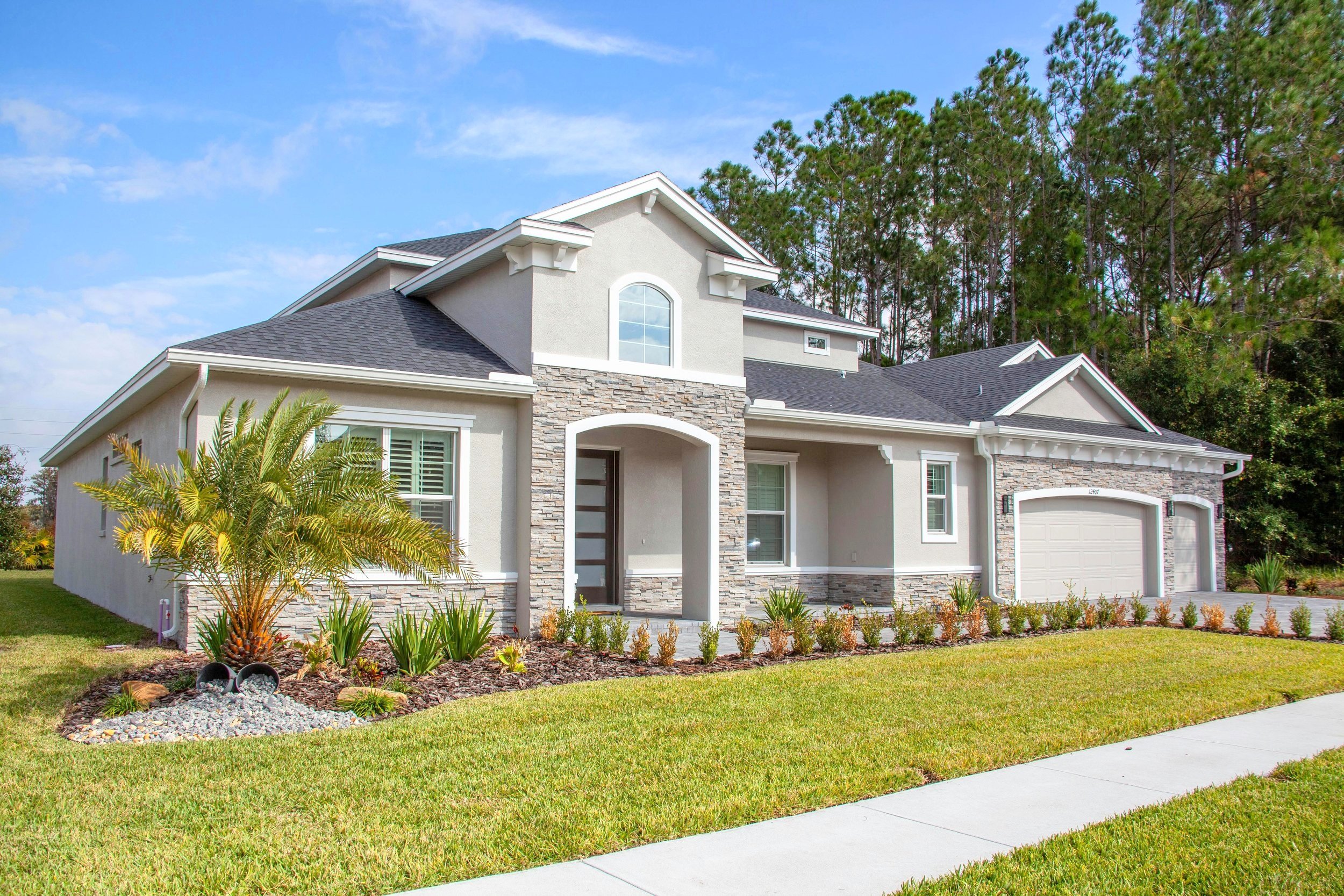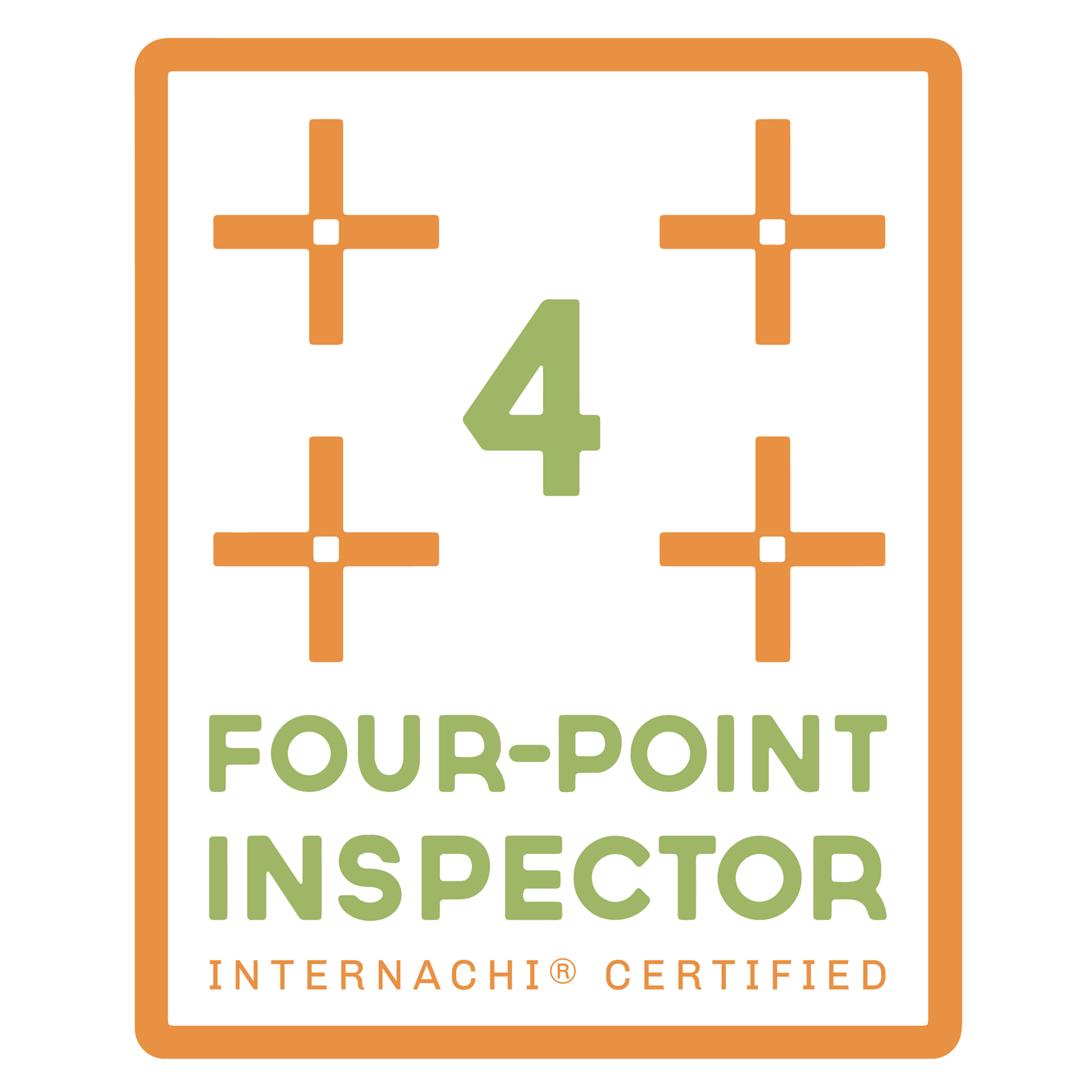
Insurance Inspections
Ensure your property meets all the necessary requirements with our professional insurance inspection services. We specialize in providing detailed and accurate inspections that help you secure the best possible coverage for your home. Our certified inspectors assess key areas of your property, identifying any potential issues and ensuring full compliance with insurance company standards.
-
A 4-Point Inspection is a specific type of inspection required by insurance companies. The inspection focuses on four key areas of the home:
Roofing:
The inspection evaluates the age, condition, and type of the roof, looking for signs of wear, damage, or leaks. Inspectors assess whether the roof is likely to withstand future weather conditions.
Electrical System:
The inspection covers the electrical wiring, panels, and overall condition of the electrical system. Inspectors check for outdated or hazardous wiring, such as aluminum wiring or fuses, which could pose fire risks.
Plumbing:
This part of the inspection examines the plumbing system, including pipes, fixtures, and water heaters. Inspectors look for signs of leaks, corrosion, or outdated materials like polybutylene pipes, which are prone to failure.
HVAC (Heating, Ventilation, and Air Conditioning):
The HVAC system is inspected for its age, condition, and functionality. Inspectors assess whether the heating and cooling systems are operating properly and efficiently.
-
A Wind Mitigation Inspection is a specialized inspection designed to assess how well a home can withstand strong winds, such as those experienced during hurricanes and tropical storms. This type of inspection is particularly important in regions prone to severe weather, like South Florida.
Key Components of a Wind Mitigation Inspection:
Roof Shape and Covering:
The inspection evaluates the type and condition of the roof covering (e.g., shingles, metal, tile) and the shape of the roof (e.g., hip roof, gable roof). Certain roof shapes, like hip roofs, are more wind-resistant and can help reduce wind uplift.
Roof-to-Wall Connections:
Inspectors check how the roof is attached to the walls of the home. Strong connections, such as hurricane clips or straps, help keep the roof attached to the structure during high winds.
Roof Deck Attachment:
The method used to attach the roof deck (the wood sheathing) to the trusses or rafters is inspected. Secure attachments, like 8d nails spaced closely together, help prevent the roof deck from being blown off.
Roof Geometry:
The overall design and shape of the roof, including overhangs and eaves, are assessed for their impact on wind resistance.
Secondary Water Resistance:
Inspectors look for additional layers of protection, such as a self-adhering membrane or sealed roof deck, that help prevent water intrusion if the roof covering is damaged.
Opening Protection:
Windows, doors, and other openings are checked for impact-resistant glass or hurricane shutters. Protecting openings is crucial to prevent wind and debris from entering the home, which can lead to catastrophic damage.
Gable End Bracing:
For homes with gable roofs, inspectors assess the bracing of the gable ends. Proper bracing helps prevent the collapse of these ends under high wind pressure.
-
A Roof Certification Inspection is a specialized inspection performed by a licensed roofing contractor or inspector to evaluate the current condition of a roof and estimate its remaining lifespan. The purpose of this inspection is to provide a certification, usually requested by homeowners, potential buyers, or insurance companies, that verifies the roof's integrity and confirms that it is expected to remain in good condition for a specified period, typically 2 to 5 years.
-
Key Purposes of a Post-Repair Insurance Inspection:
Verification of Repairs:
The primary purpose of this inspection is to ensure that all repairs have been completed as agreed upon in the claim settlement. The inspector checks that the work matches the scope of the repairs that were approved by the insurance company.
Quality Assurance:
The inspection assesses the quality of the repairs to ensure they meet industry standards. This includes checking that materials used are of appropriate quality and that the workmanship is sound, preventing future issues related to the damage that was repaired.
Compliance with Policy Terms:
The inspector ensures that the repairs comply with the terms of the insurance policy. This means verifying that the repairs restore the property to its pre-damage condition or better, without unauthorized modifications or upgrades.
Documentation for Records:
The results of the post-repair inspection are documented and added to the policyholder’s file. This documentation serves as a record that the claim was resolved satisfactorily and that the property was properly restored.
Final Claim Closure:
After the inspection confirms that all repairs have been completed correctly, the insurance company will officially close the claim. This final step ensures that there are no outstanding issues related to the claim, and the policyholder's file is up to date.



